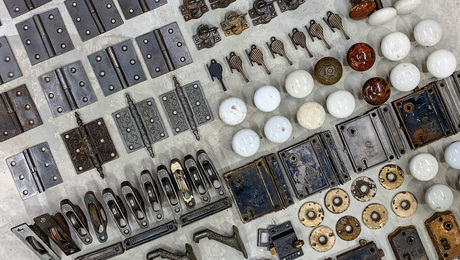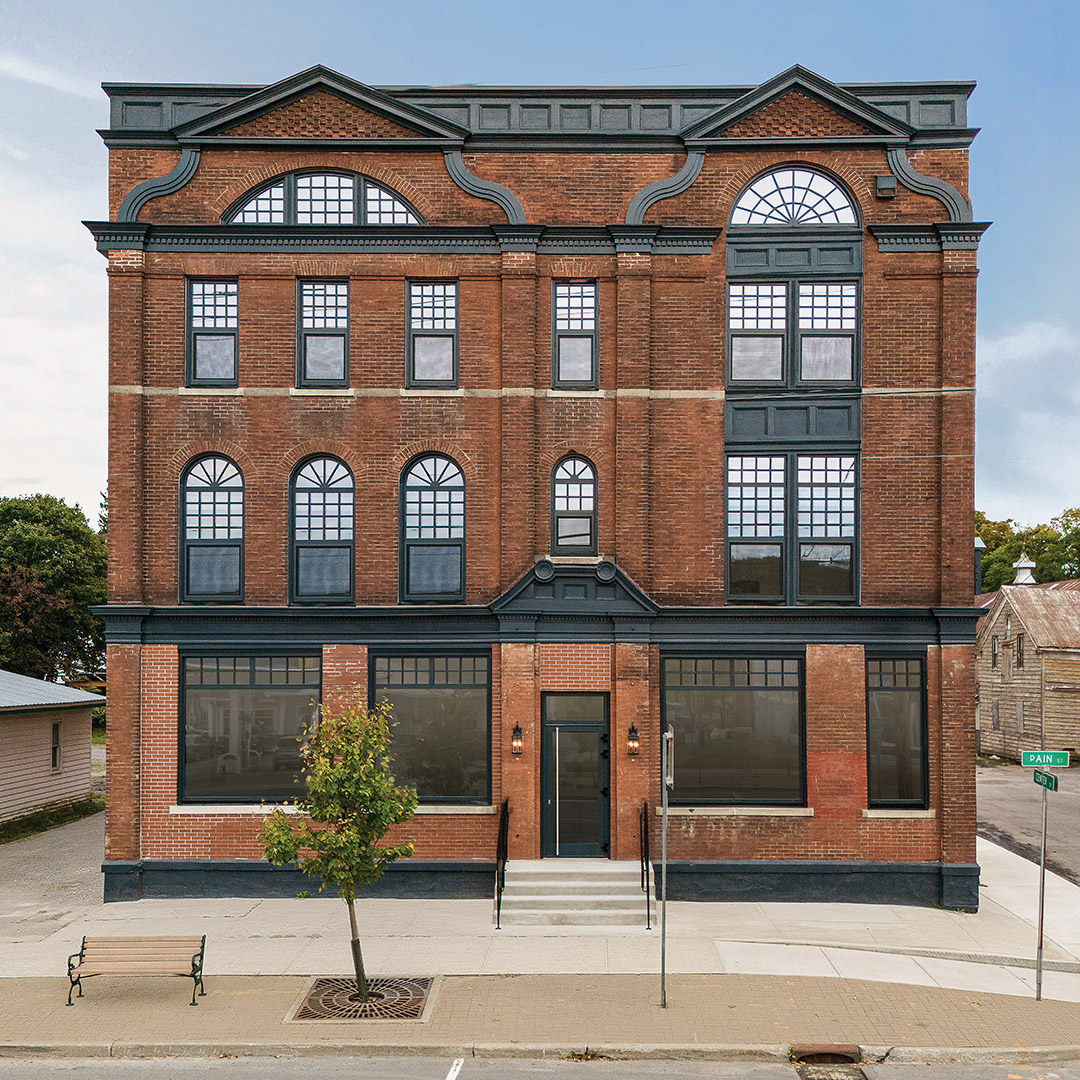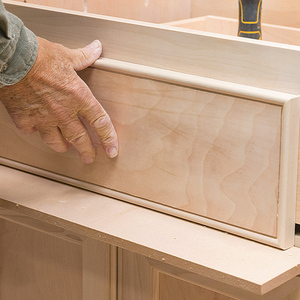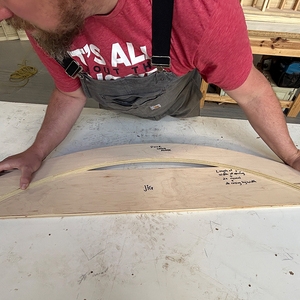Discussion Forum
Discussion Forum
Up Next
Video Shorts
Featured Story

Whether it’s already in your house or picked up at a flea market, vintage hardware almost always needs help.
Highlights
Fine Homebuilding Magazine
- Home Group
- Antique Trader
- Arts & Crafts Homes
- Bank Note Reporter
- Cabin Life
- Cuisine at Home
- Fine Gardening
- Fine Woodworking
- Green Building Advisor
- Garden Gate
- Horticulture
- Keep Craft Alive
- Log Home Living
- Military Trader/Vehicles
- Numismatic News
- Numismaster
- Old Cars Weekly
- Old House Journal
- Period Homes
- Popular Woodworking
- Script
- ShopNotes
- Sports Collectors Digest
- Threads
- Timber Home Living
- Traditional Building
- Woodsmith
- World Coin News
- Writer's Digest


















Replies
*
Andrew;
Try the APA Engineering Wood Association. Formerly the American Plywood Association.
Cheers
JE
*
One of the codes is not too difficult or at least I thought. We had two guys put in a big glu-lam for a header for a garage. They were very happy to have done the job by themselves and get everything closed up. When I came by to check the work I too was glad to see the job done. However the words (code) on the glue lam were a concern. Looking UP to the glu-lam I saw the code that said "top".
The guys then took the rest of the day to cut the wall apart and turn the beam over. Now actually I know that often the top is for a camber and in this case it might have been able to be left upside down since it had a very little load on it. I later did call Geoga -Pacific and they agreed I could have left it upside down because of the low load, but in doing so would have lost almost 25% of its carry capacity.Even if I had known it was ok I still would have had the guys turn it back over.
With most glu-lams I have used they list a toll free number to call for any code questins.
*Check the references mentioned above.Off the top of my head, I rember that something like a 5 1/8" x 15" 24FV4 is made up of 2x6's plained down after gluing about 3/8" of an inch so that it is 5 1/8" wide and a multiple of 1 1/2" deep.The 24F if I remember means 24,000 PSI allowable Fb, the variable that represents Fiber bending stress. The V4 is the Variety combination. Certain grades use Douglas Fir in the middle edges and a lesser grade in the center like Hem Fir. The particulars are also listed in the Uniform Building Code charts on glulam values.
*
Can somebody please explain the coding system used with glu-lams. What exactly do the letters and numbers refer to?
A.M